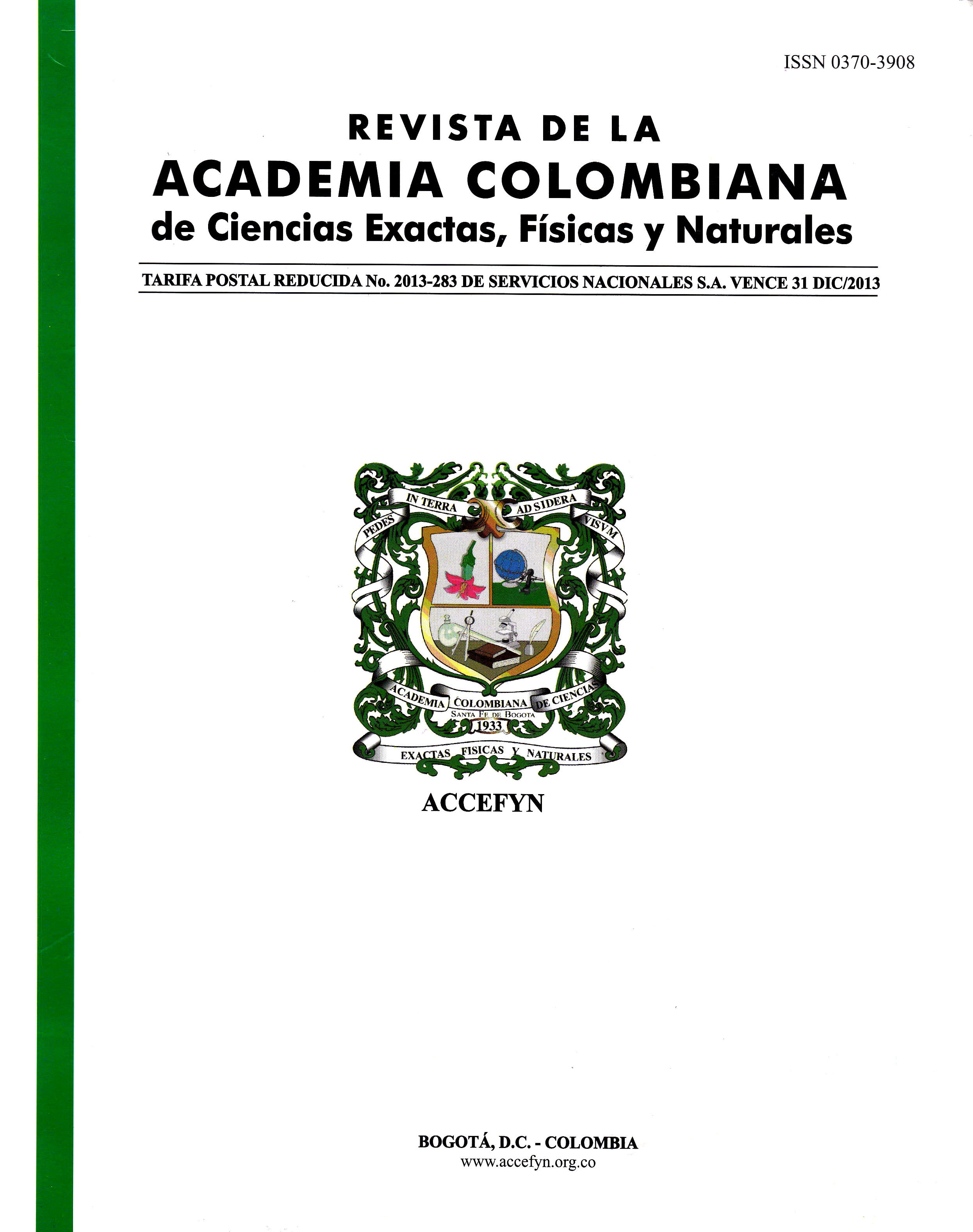Resumen
Los magnetrones desbalanceados son cada vez más usados en investigación, tecnología y aplicaciones industriales, particularmente aquellas relacionadas con procesos de deposición física de vapor (PVD) usados en el crecimiento de películas delgadas (Marulanda et al., 2011; Olaya et al., 2011) Estas películas tienen amplias aplicaciones como recubrimientos duros, ópticos, decorativos y electrónicos. El empleo de dichos magnetrones, permite incrementar significativamente las velocidades de crecimiento de las películas y la eficiencia de los procesos, mejorándose ostensiblemente la calidad de las películas obtenidas. En éste trabajo se midieron las componentes axial y radial de campos magnéticos generados por magnetrones desbalanceados con simetría axial; se encontró que el campo magnético de un magnetrón construido con un imán cilíndrico y otro anular, concéntricos, se correlaciona muy bien con el campo magnético generado por 2 espiras coplanares y concéntricas, cuyas corrientes circulan en sentidos opuestos. El campo magnético teórico fue calculado aplicando la ley de Biot – Savart, y evaluado numéricamente con el programa MatLab.
Referencias
Biederman H. et al. 1999, Characterization of un unbalanced magnetron for composite film (metal/C:H), Vacuum 52: 415-420.
Bunshah Rointan F. 2001, HANDBOOK OF HARD COATINGS Deposition Technologies, Properties and Applications, Noyes Publications, New Jersey USA.
Han L., Zhao Y. Q., Wang Y. W., 2009, A new semi-analytical method analyzing the magnetic field in unbalanced magnetron sputte-ring system, Vacuum 83: 1317-1320.
Ikuta H.et al. 2009, Development of a magnetron sputtering system with an extraordinary strong magnetic field near the target, Vacuum 83:475–478.
Kelly P.J., Arnell R.D. 1998, The influence of magnetron configuration on ion current density and deposition rate in a dual unbalanced magnetron sputtering system, Surface and Coatings Technology 108–109: 317–322.
Kelly P.J., Arnell R.D. 2000, Magnetron sputtering: a review of recent developments and applications, Vacuum 56: 159-172.
Klevets N. I. 2006 Optimal design of magnetic systems, Journal of Magnetism and Magnetic Materials 306: 281–291.
Komath M., Mohan G. R., Mohan S.1999, Studies on the optimization of unbalanced magnetron sputtering, Vacuum 52: 307- 311.
Marulanda D. M., Olaya J. J., Piratoba U., Mariño A. Camps E. 2011, The effect of bilayer period and degree of unbalancing on magnetron sputtered Cr/CrN nano-multilayer wear and corrosion Thin Solid Films 519, 1886-1893.
Mattox Donald M. 1998 HANDBOOK OF PHYSICAL VAPOR DEPOSITION (PVD) PROCESSING, Noyes Publications, New Jersey USA.
Olaya J. J. et al. 2007, The influence of the magnetic field configuration on plasma parameters and microstructure of niobium nitride films, Surface & Coatings Technology 201: 6117-6121.
Olaya J. J., Piratoba U. and Rodil S. E., 2011, Resistencia a la corrosión de recubrimientos de CrN depositados por PVD con UBM: Tecnología eficiente y ambientalmente limpia, Rev. Lat. de Met. y Mat. 31(1):44-51.
Svadkovski, I.V Golosov D.A., Zavatskiy S.M., 2003 Characterization parameters for unbalanced magnetron sputtering systems, Vacuum 68:283–290.

Esta obra está bajo una licencia internacional Creative Commons Atribución-NoComercial-SinDerivadas 4.0.
Derechos de autor 2023 Revista de la Academia Colombiana de Ciencias Exactas, Físicas y Naturales

